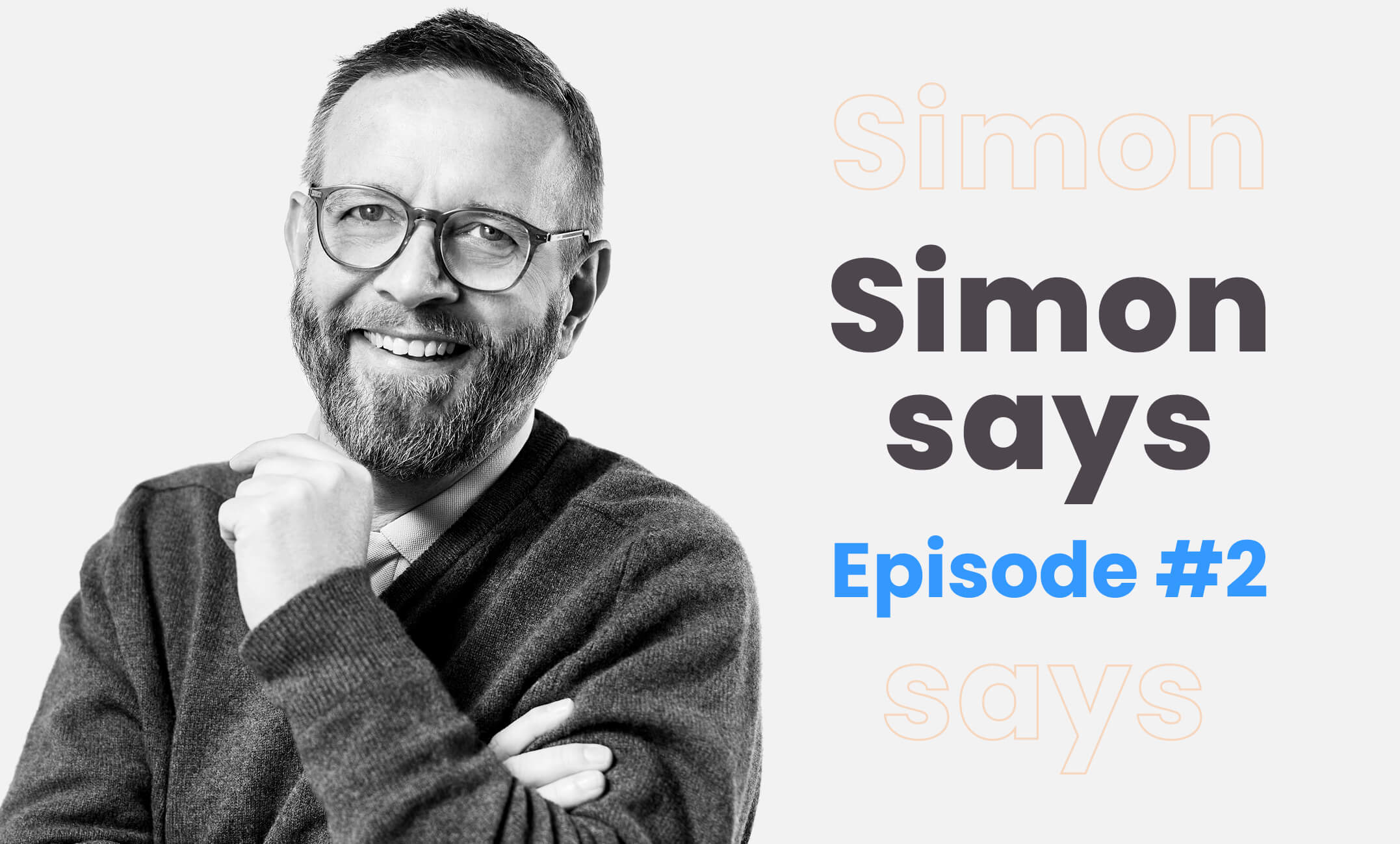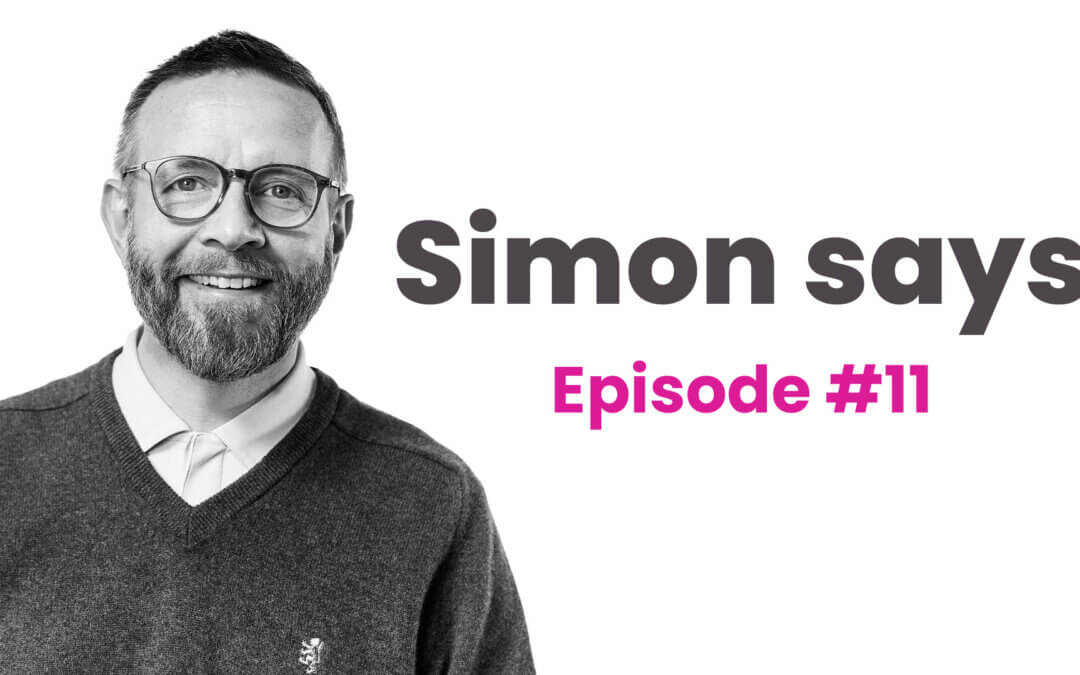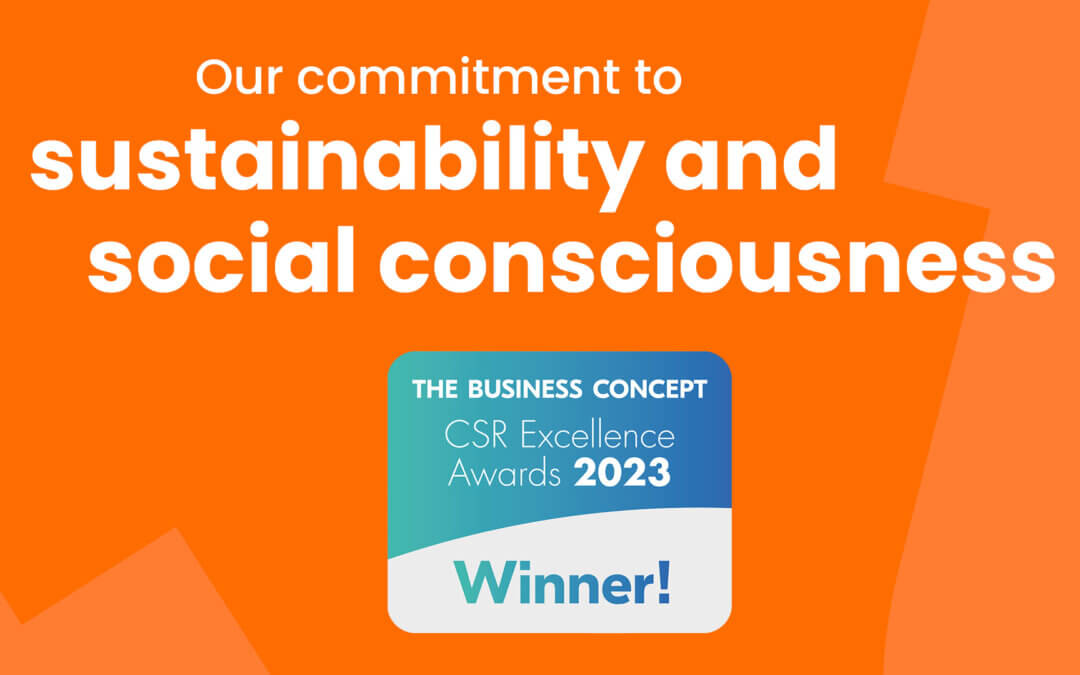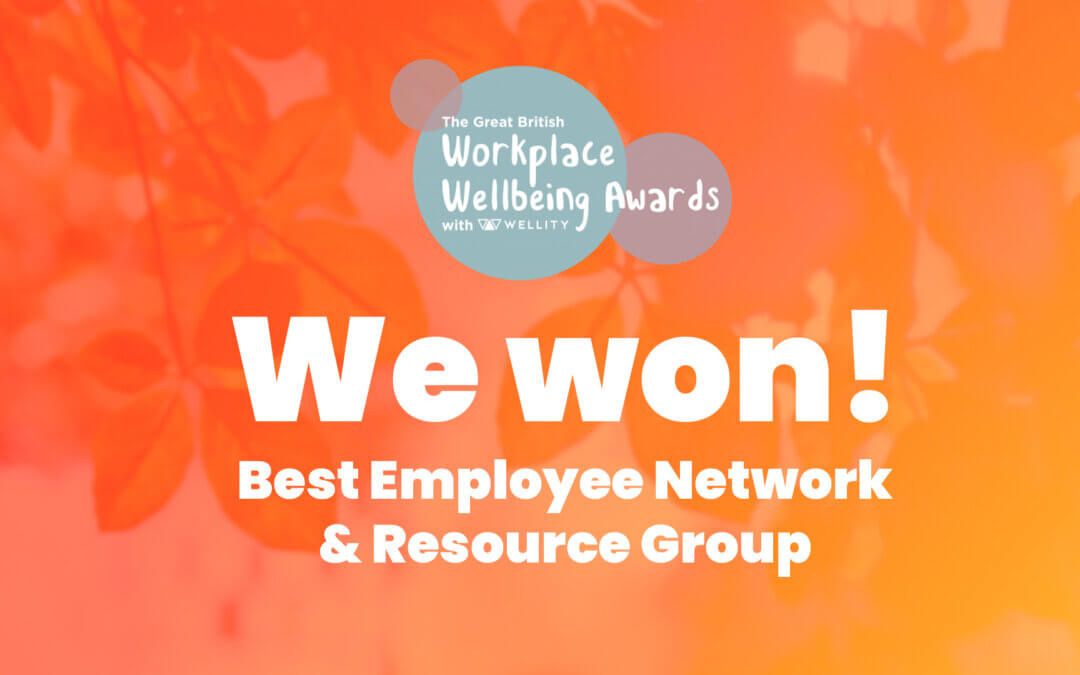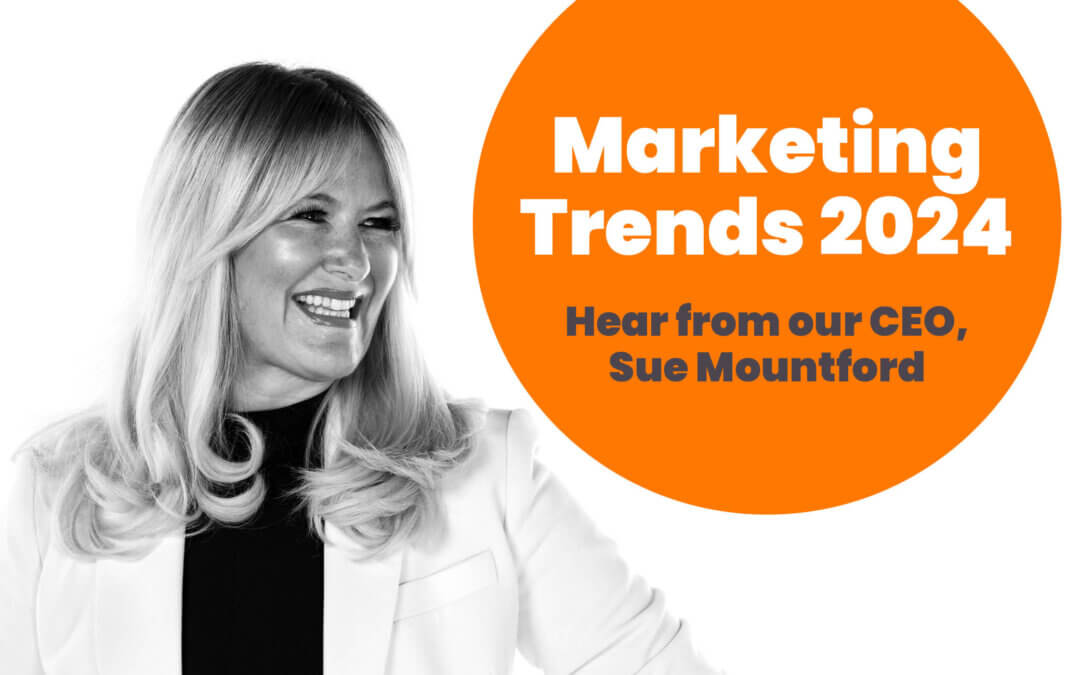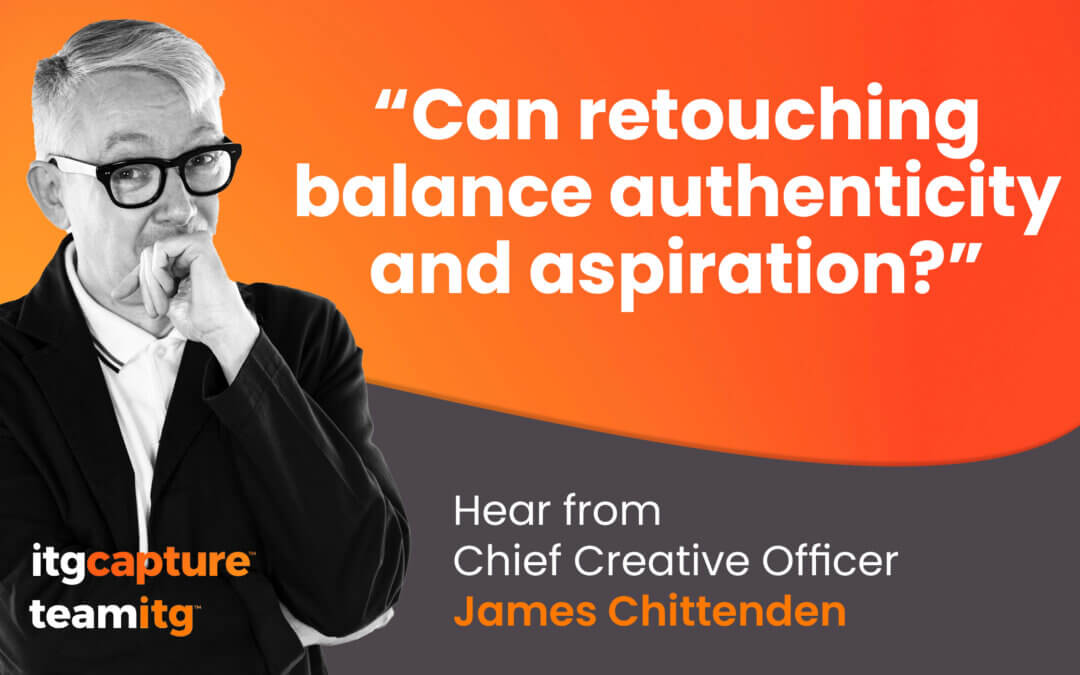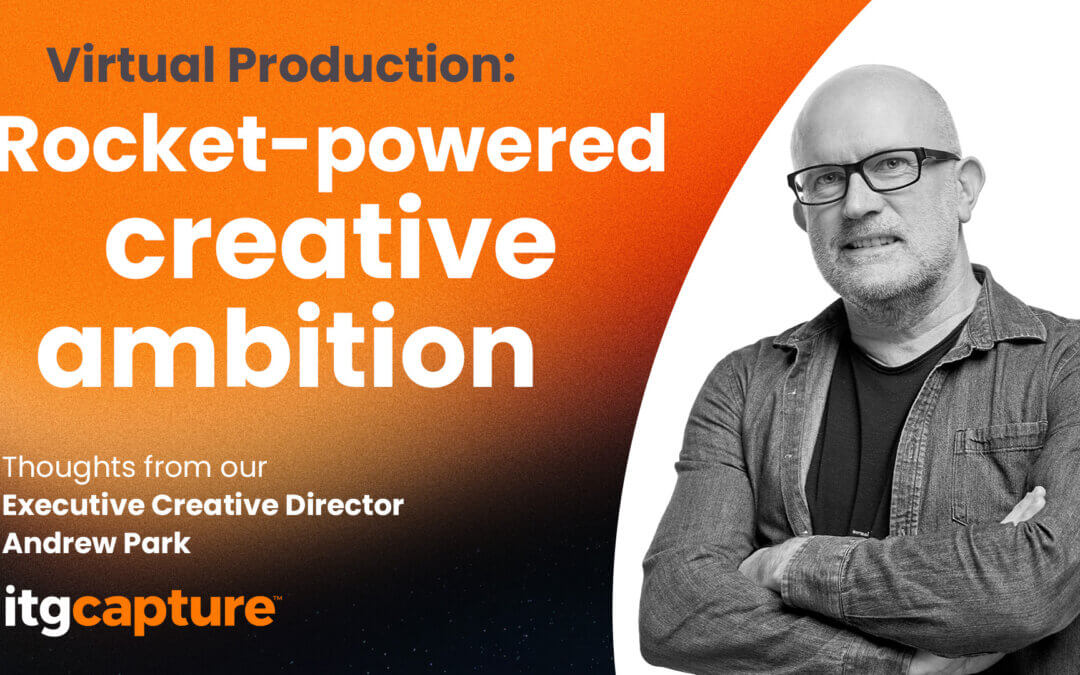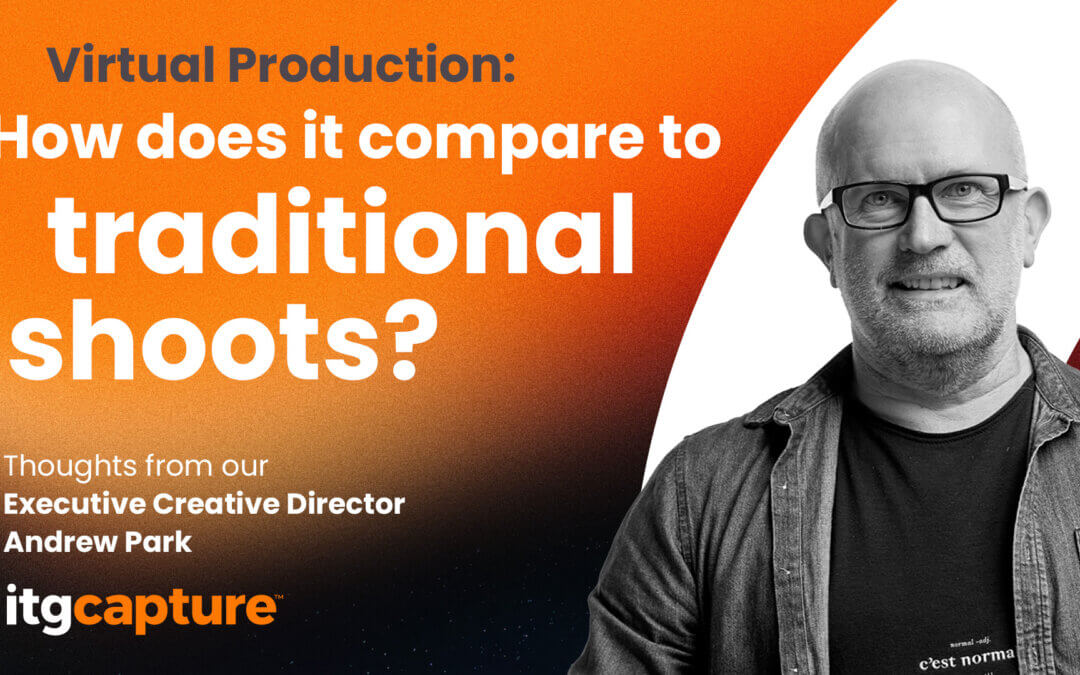Logic, as favoured by scientists, accountants and City investors, is exceptionally effective for problems of science, engineering and mathematics, but not so good when it comes to understanding the motivation of human beings. For that, it sometimes helps to take an irrational approach.
In the classic 1957 Elia Kazan movie, A Face in the Crowd, the film’s anti-hero, Lonesome Rhodes, hosts a popular US TV show where he plays folk songs and deals out homespun wisdom.
To pay for the show, he personally endorses his sponsors’ products live on air. When a sponsor selling comfortable mattresses comes onboard, the product doesn’t suit his personal brand at all. His ‘endorsement’ grudgingly accepts that if some “softies” insist on sleeping in a bed, they could do worse than the sponsor’s mattress, but he insists he’d rather sleep on the floor or in a boxcar.
Unsurprisingly, there is outrage at the sponsoring firm’s head office. The way you sell a mattress is to wax lyrical about how comfortable it is, not mock the product and its customer base. They cancel the sponsorship deal, with only one dissenting voice insisting, “but our sales have increased 55%!”
Rational vs irrational approaches
“To understand why counter-intuitive thinking is essential to marketing, you need to understand why orthodox thinking is considered so important”
Lonesome Rhodes didn’t know the orthodox view of how you do marketing and advertising, but he was extremely canny when it came to understanding people. And the big problem with people is that they don’t always behave the way they’re supposed to.
To understand why unorthodox, counter-intuitive thinking is essential to marketing, you need to understand why orthodox thinking is considered so important.
In many walks of life, logical, rational thinking is essential. My good friend Rory Sutherland of Ogilvy, another big fan of unorthodox approaches to problem solving, gives the example of building a bridge.
In his excellent book, Alchemy, which I highly recommend, he explains how you always want to take a logical, rational approach to endeavours such as bridge building. You need to employ tried-and-tested mathematical, material and engineering principles – otherwise the bridge runs the risk of falling down.
The scientific, logical approach to problem-solving – where if you repeat the same thing in the same way, it works just as well – is incalculably useful. In fact, we’d probably still be trying to bang rocks together to make fire if we hadn’t made such good use of logic and reasoning in our career as a species.
Where rationality breaks down
“The problem is, human beings ain’t rational”
When you apply logical, rational principles to mass human behaviour, you get economics. Economics gives you insights such as when price increases, demand goes down, and the rate at which it goes down is determined by the elasticity of the product’s demand curve.
It provides us with utility theory so we can understand human purchasing behaviour. If you have a small amount of cash, do you spend it on a sandwich or a beer? If you’re hungry, the sandwich might provide you with more ‘utils’ (units of satisfaction), so that’s what you buy.
If you have some money left once you’ve eaten the sandwich, then a second sandwich might provide fewer utils than your first beer, so this time you go for the beer (sandwiches have “rapidly diminishing marginal utility”).
Your behaviour is based on maximising your satisfaction from every penny you spend because you’re a rational creature who always makes rational decisions.
Problem is, and I hate to break it to you boys and girls, but human beings ain’t rational.
What motivates us?
“We are often not consciously aware of what motivates us”
OK, perhaps saying we’re irrational is a little harsh. Another way of expressing it might be that our motivations are so complex that they have all the appearance of being irrational.
The important thing to note, however, is that we are rarely aware of this complexity in ourselves. In fact, we are often not consciously aware of what does motivate us. It’s as much a mystery to us as it is to other people.
Just as our brain’s unconscious cerebellum takes care of slight changes we make to the steering wheel when we’re driving, how we move our legs when we walk, how we breath and eat, so our unconscious mind also makes behavioural decisions without the intervention of the conscious decision-making faculties of our cerebral cortex. In other words, we’ve evolved to let our brain and body get on with running things for the most part.
Take some of the most important decisions in life. If you’re looking for a life partner to fall in love with, do you reach for the spreadsheet and start listing and ranking favourable characteristics? Well, you might, but you’d be a bit weird if you did. Nevertheless, once we’ve found that ideal partner, we’re very good at explaining why they are the best possible choice in the world, ever.
As far as I’m aware, of all the thousands of love songs ever written, only Tim Minchin has come up with the sentiment: “Our love is one in a million, you couldn’t buy it at any price/But of the 999,999 other possible loves/Statistically some of them would be equally nice.”
Post-rationalisation
“People convince themselves that they are making decisions based on purely rational criteria”
As Rory argues so eloquently, so many people are in thrall to the idea of logic and rationality, that regardless of their true motivation, they convince themselves that they are making decisions based on purely rational criteria. We are in fact a species that devotes a lot of intellectual energy to coming up with post-rationalisations to justify our behaviour.
Imagine you ran a marketing campaign that was unusually successful. When someone asks you to explain how you did it, do you pull out your spreadsheets and presentations and run them step-by-step through the process? Or do you say, “you know what, I just had a gut feeling it would work – and I also got a bit lucky.”
The latter is, in many ways, more impressive (and probably closer to the truth), but you’re a brave person if you don’t reach for your PowerPoint. When you’re successful, people want to know you used logic and rational principles and that you might be able to repeat what you did and get equally impressive results next time.
Truth is, if you do the rational, orthodox thing and fail, it’s not your fault. If you play fast and loose, and you fail, then you’re more likely to be for the chop. The way most businesses work encourages people to play safe and shy away from counter-intuitive ideas.
Thinking different
“We must always be aware that all data is from the past”
When Jonathan Ive became design chief for Apple in the early 1990s, he was charged with redesigning the way computers looked. He held focus groups, during which he tested various designs before rejecting those that people liked.
His view was that people like what they’re already comfortable with and have a natural conservative aversion to something new. If the product didn’t make them a little uncomfortable, it had failed.
This is counter-intuitive thinking at its best. And you can see why it’s brave. Had Apple’s new designs not proved popular, then it would have been easy to point a finger and say, “why on Earth did your reject the designs people liked?”
Fortunately, Ive had the right approach (backed by massive design experience, plus his formidable innate aesthetic), and he was saved from the wrath of spreadsheet-clutching investors.
Don’t get me wrong, I’m a fan of using data and insights to drive campaigns. Nevertheless, we must always be aware that all data (100% of it) is from the past. It can help drive repeat success in campaign delivery and increase ROI, but when it comes to predicting future behaviour and driving innovation, sometimes instinct trumps insight.
Where economics fails
“In hard times, it is mid-range products that tend to lose out”
Let’s take another look at economics and those price-sensitive demand curves. According to economics, a rational human being would seek to gain the most value from the least expenditure.
But what if people value something more if they pay more for it? Back in the 1970s, there were two leading vodka brands in the USA (Wolfschmidt and Smirnoff), both selling bottles for $6.99.
When Wolfschmidt dropped its price to $5.99, rational economics suggested that if Smirnoff kept its price at $6.99, it would lose market share. However, the hit to its profit margin might mean that, overall, it would be better to stick at $6.99 and try to ride it out. So, what did Smirnoff do?
Well, it increased its price to $7.99 and changed its marketing to promote the vodka as the premium choice. And guess what? It increased its market share and its profit margin.
As an additional sucker-punch, it then introduced a different brand of vodka (Popov) for $1 less than Wolfschmidt. Wolfschmidt never really recovered.
What’s going on here? Was Smirnoff being deceitful or was the consumer being irrational? What if it’s neither? What if people are perfectly aware that it’s the same product, but like the idea of drinking what is now the premium brand – either because they want to be seen drinking it for its association with greater disposable income, or because they get internal satisfaction from being able to treat themselves by paying a bit more.
How many people buy an expensive shampoo, even though the ingredients list is identical to a cheap shampoo? To people who have no interest in shampoo, this appears entirely irrational. To someone who derives satisfaction from the feeling of indulgence they get by paying for the premium brand, it could be seen as quite rational. Satisfaction, after all, is the name of the game in utility theory.
In fact, in hard times, it is mid-range products that tend to lose out. Buying cheap gives you the satisfaction that you’ve found a bargain. Buying expensive gives you a satisfying feeling of indulgence. Buying mid-priced rarely delivers a rush of any kind.
Importance of psychology
“The only reliable way of assessing people’s true desires is seeing what they spend their money on”
In Alchemy, Rory cites numerous examples where psychology eclipses economics when it comes to consumer behaviour.
You might be interested to learn that wine tastes better from a heavier bottle, painkillers are more effective when they’re expensive (and when they’re red), weird-tasting medicines are more effective than pleasant-tasting medicines, scarce things are desirable, a coin once owned by Marilyn Monroe is a lot more valuable than one owned by a thousand people you’ve never heard of.
Oh, and adverts featuring cute animals tend to sell more products.
There are numerous ways marketers have added value to products (and sometimes even saved them from oblivion). Food is a great example: give something a geographical name and you increase its desirability, use great adjectives (‘succulent’ is good), choose a foreign name for a dish (Italian names are great).
On the other hand, using photographs of items on the menu is associated with less expensive restaurants (this could be good or bad, depending on what you’re trying to achieve).
Often, if you admit a downside to your product, then it gives credibility to the other claims you make. If you give customers three choices instead of two, they are more likely to pick the middle one (the Goldilocks Effect). Requiring the customer to contribute some effort can make the item appear more valuable (the IKEA effect).
All these observations are psychological; none of them economically rational. You’d be forgiven for thinking marketing agencies would do better to employ more psychologists and fewer management consultants.
If you ask someone why they like the premium vodka, they are more likely to tell you it’s because they prefer the taste (rational) than because they derive satisfaction from buying the premium brand (irrational), even though the underlying motivation might be the latter.
Given this, it’s surprising we set so much store by market surveys, when people are often oblivious to their own true motivations. In fact, the only reliable way of assessing people’s true desires is seeing what they spend their money on.
Why brands matter
“It’s much easier to destroy a brand than to build it”
The person who buys the expensive shampoo isn’t just buying into the indulgence, of course – they are more often buying into the brand. There are good reasons why your brand is important (and it’s not because people loving your brand is an end in itself).
Without brands, customers have no way of assessing the safety or risk of repeat purchases. The key is that if you have a good brand, with a good reputation, customers instinctively understand that you won’t want to jeopardise it.
It’s much easier to destroy a brand than to build it, so if you have a reputation to uphold, why would you put something cheaper and less effective in your shampoo? Why would you sell something that breaks down easily? Why would you reduce the quality of your customer service? It’s simply not worth the risk.
An unknown brand might offer a similar product more cheaply, but the consumer would have to take a bit of a punt. The company could be a fly-by-night with no skin in the game. The higher the price of the product, the higher the risk of buying from an unknown source.
This all sounds quite rational, but the psychology behind it is that we dislike bad outcomes more than we like good ones. There’s far more dissatisfaction in losing £100 than satisfaction in finding £100.
While we may think our aim is to buy the best product or service we can, the reality is that we’re often only trying to avoid buying a disastrous product or service. The gap between the best product on the market and one that works quite well is small compared to the gap between one that works well and one that doesn’t work at all.
Statistically, economists might be able to prove to you that over the long term it makes more sense to take the small risk of buying a bad product than constantly ignoring the potential savings. But sometimes there’s comfort in buying reassuringly expensive.
Why advertising also matters
“Even ads that people dislike and moan about can help build your brand”
When it comes to advertising, there’s typically a lot of talk about the creativity, the message, the visuals, the ideas. These are the things that win awards, after all.
There’s less discussion around what could be even more important: that you’re bothering to advertise at all. If you take TV ads in prime time, you’re seen as a serious player. You’re making a commitment, and potential customers realise this (though not always consciously).
Even ads that people dislike and moan about can help build your brand. Perhaps that’s why ad agencies have more licence to experiment with counter-intuitive ideas than other companies. Or perhaps the number-crunchers can’t interfere because they don’t understand it.
Wariness of the spreadsheet brigade
“In the human psyche, perception often beats reality”
In business, unless you’re extremely lucky, your investors will be of the rational party. Their true motivation is typically to increase revenue and reduce costs, thus delivering a better return for investors.
On the face of it, this could a laudable (or at least understandable) aim, but if the result is to reduce the quality and attractiveness of your products and services simply to increase the short-term return for shareholders, then you can easily sacrifice long-term success for short-term gain.
Customers like long-term relationships with brands as much as brands like it. It takes the risk out of purchasing, reduces the stress of shopping. When a company chases short-term gain at the expense of long-term customer nurturing, they risk breaking that relationship.
For example, how many companies have had to replace their helpful call centres with cheaper, less helpful call centres? Their receptionist replaced by an answering machine that runs through the same two minutes of options and announcements, no matter how many times you’ve called the number and heard the message?
What if the helpful call centre was one of the reasons customers stuck with you? A dozen happy transactions can easily be cancelled out by one bad call centre experience. Yet only cost of the call centre (easy to assess) has a cell in the investment spreadsheet; the contribution of the call centre (hard to assess) doesn’t.
Your customers know it costs a lot of money to run a local call centre, with quick response times and helpful advisors. They know an overseas call centre has only been chosen because it’s cheaper. Where you choose to locate your call centre (how much you choose to spend) says a lot about your company and its commitment to customers.
Even if your overseas call centre has a better resolution rate than your local one, the negative perception remains. And in the human psyche, perception often beats reality.
How counter-intuitive should you be?
“Give yourself some room to innovate and experiment”
I’m not advocating throwing rational, tried-and-tested marketing approaches out of the window. The point is that if all your marketing decisions are made in this risk-averse way, two dangers follow:
First, you’ll be slow to innovate. Innovation comes from novel behaviour and ideas. It’s a truism that old, established companies that should be unassailable eventually give way to new players who are more willing to give new ideas a go.
Second, if you stick to the marketing rulebook (and follow the endless “15 Rules for Marketing in 2023” nonsense articles), then you’ll just be doing the same as all your competitors. Eventually, what will differentiate you and give you an edge?
This is particularly relevant now, as AI and ML increasingly play a part in marketing decisions. These are awesome technologies, which certainly increase efficiency, but the more decisions you give to AI and take from human beings, the more you are likely to pursue the same tactics as everyone else.
What I am advocating is giving yourself some room to innovate and experiment. It’s natural to want to count the immediate return of every small activity to the last individual bean. Your accounts guys will want to do that, and they’ll have the full support of any investors.
Trying to optimise the financial success of every activity will, by necessity, reduce risk taking, stifle innovation and (most likely), reduce your long-term success. If it becomes the overriding focus, it can lead to the neglect of other important areas of your business.
If it sounds counter-intuitive, it is, but if you’re not prepared to risk a few failures, you’re unlikely to find any runaway successes. You’ll also remove the possibility of a lucky accident.
This may sound like it requires a massive shift in culture, but it doesn’t. Stick with your rational approach for most of your activity, just be open to a few more crazy ideas – perhaps start with the activities that aren’t doing so well currently and try a big, untested change instead of the customary tweak.
If someone makes a left-field suggestion, and everyone agrees to give it a go, make it clear that failure doesn’t fall on the person who suggested it. If they don’t get a second shot at an innovative idea, they won’t put forward a first.
When times are tough, the biggest objection to trying out new and counter-intuitive ideas is that you can’t afford to take the risk. But given the dangers of stagnation that come from following the prescribed, rational approach, can you afford not to?
Remember, a lot of big ideas and products seemed to make no sense at first. If innovators hadn’t gone for them anyway, the world would be a whole lot more uniform and a whole lot duller.
Want to chat to us about the power of counter-intuitive thinking? Get in touch at hello@teamitg.com – and look out for the next in the Simon Says series, coming soon!
Fill in the form and we’ll get back to you.
